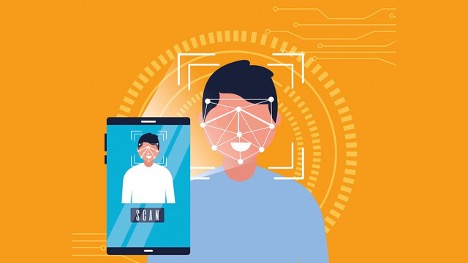
DIGITAL ONBOARDING
Digital Onboarding: Transform Your Customer Acquisition Processes
Create a better experience for your customers through intelligent identity verification tools.
The arrival of the digital era and our current way of life demands us to do things efficiently, that is to say, at a lower cost and time. In this way, every day, more and more acts are carried out using technology. To not be left behind, business organizations must establish innovative customer and customer acquisition processes that allow fast, simple, and high-security parameters for both parties.
A key element to optimize the interaction between the customer and the company is based on two factors: first, the organization can increase its number of genuine customers with verification and security methods. Secondly, it provides a better customer experience during the authentication process.
Successful digitization of internal processes brings benefits such as increased competitiveness and a significant increase in sales. Today we explain everything you need to know about digital onboarding and how it can make a difference in your organization.
What Is Digital Onboarding?
Digital onboarding is the process of signing up or onboarding new customers. This process aims to simplify the registration process for an organization or company to enjoy its products or services. It includes the customer in its database in less time and at a lower cost. This allows establishing an optimal relationship between the company and its users.
The digital onboarding of customers begins with presenting an identity document whose data is extracted, analyzed, and processed to confirm its legitimacy. It also includes face verification through innovative biometric recognition parameters and anti-fraud security mechanisms that detect suspicious patterns. In this way, through digital onboarding, the organization identifies legitimate customers and eliminates potential threats in just seconds.

Previously, companies used to execute slow processes to acquire new customers, usually based on sending data by mail or with paper forms. As a result, they lost time and money, which revealed the need for more efficient and innovative methods without neglecting security. This need became even more evident with the arrival of Covid-19, which limited direct contact.
The purpose of digital onboarding is to create customer acquisition processes that allow you to know your customers electronically (eKYC) and verify their identity in seconds. It is an organizational solution characterized by its great adaptability, so it fits seamlessly into various industry sectors, banks, government entities, telecommunications, fintech, and others.
What Types of Onboarding Processes Exist?
Depending on their practical application, several customer onboarding processes have been created:
On-site: this is the classic method of customer acquisition, in which the person comes to the company to verify their identity data.
Semi-presential: in this case, the prospective customer fills out an electronic form sent by the company to his email address.
Digital: in this case, new technologies are used to register and verify the user’s identity for remote incorporation into the company’s database. As a result, it reduces the cost of transportation, resources, and time, in addition to requiring more significant security guarantees.
How Digital Customer Onboarding Works
For an organization to advance to the next level of innovation through digital onboarding, it needs to acquire an all-in-one tool with easy API or SDK integration (see more about IDefy). This intelligent solution allows you to set up an efficient and targeted system of signing up new customers faster and more securely.
Early attempts at this type of process revealed the need to establish higher levels of security, as customers provided personal data such as ID, credit card, email, and other information that needed to be protected against fraud.
The success of a digital onboarding process is evidenced in creating a friendly customer-company relationship since it improves the organization’s image and promotes the loyalty of its users.
What Are the Advantages of Digital Onboarding for Businesses?
Digital transformation allows companies to establish new business models that better meet the needs and expectations of their customers in less time and cost, for it offers:
- Legitimate customers: this allows increasing the conversion rate, being a fast and efficient process the organization acquires customers who want to use their products or services.
- Greater customer focus: the implementation of digital onboarding allows companies to understand the needs of their customers better to raise the level of satisfaction.
- Ease: time and distance barriers are eliminated, a simple, less bureaucratic process is established that motivates the user to subscribe. In addition, it facilitates the storage and use of the information provided by customers.
- Speed: one of the main advantages is that it considerably reduces customer waiting times since it allows the company to accept or reject their incorporation in seconds, increasing the company’s productivity level.
The Importance of Identity Verification in Digital Onboarding

Organizations moving towards the digital transformation of their business models need to establish excellent security guarantees that shield the interaction with their customers. To do so, they need intelligent identity verification tools that allow them to scan and analyze identity documents in depth to determine their legitimacy. In addition, they must offer advanced verification standards such as biometric recognition to maximize their security against fraud, money laundering, or other crime.
A robust identity verification process within an enterprise ensures reliable online operations, reduced manual effort, and risk prevention.
Meet IDefy!
We are committed to providing intelligent solutions for businesses and organizations at IDefy; we design state-of-the-art identity verification tools that ensure a better customer experience.
Stay updated and learn more about our solutions!

